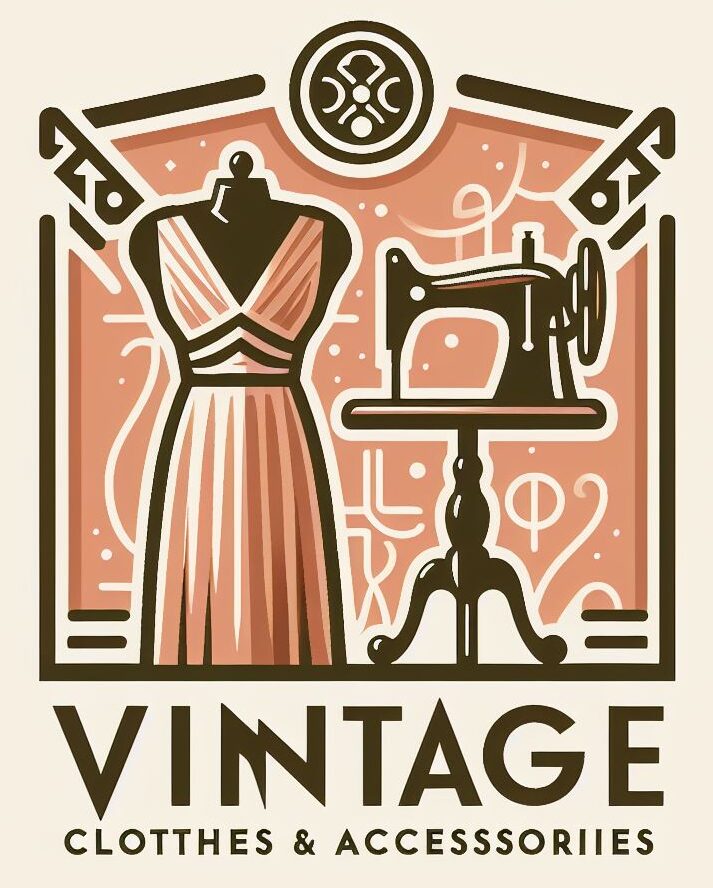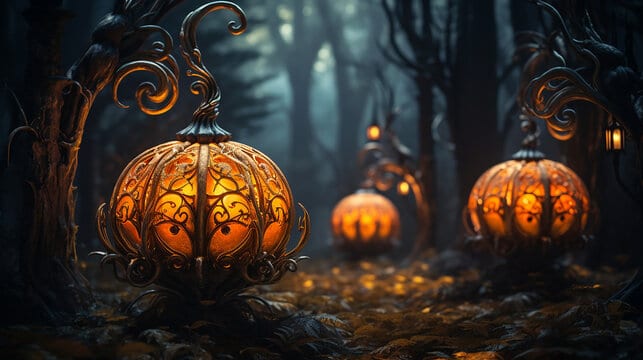
The Popularity of Halloween
The desire of Samhain customs comes from the popularity of Halloween and for several reasons. However, it’s widespread appeal can be attributed to a combination of cultural, historical, and social factors, and some of the key reasons why Halloween has become such a loved and widely celebrated holiday are explained in this post.
Origins of Halloween
Halloween’s origins and history has deep historical and cultural roots – dating back to ancient Celtic traditions such as Samhain which marked the end of summer, but was first observed by the Celtic Pagans. Over time, it evolved into the modern celebration we know today, incorporating elements from various cultures and traditions.
Delving deeper into it’s historic origins, we learn that the Roman Empire conquered Celtic territory by 43 AD, and within 400 years of ruling these lands, two Roman festivals were combined with traditional Celtic Samhain celebrations. The first tradition was to commemorate the passing of the dead in late October called Feralia, and the second was to honor Pomona, the Goddess of fruit and trees, hence the (apple grabbing) custom.
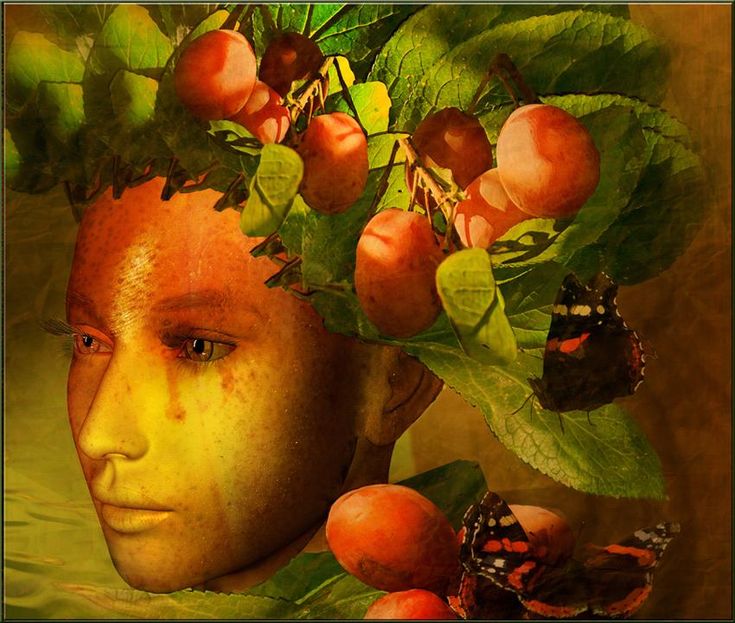
The origins of Halloween in America came from the Irish Celts who migrated during the 19th century -bringing with them the Pagan religion and All Saints day. People would celebrate these festivals of the Catholic calendar where feasts were held in early November.
The end of October marked end of the harvest season and the beginning of winter or the dark period (typically associated with human death) where ancient Celtic priests would make predictions influenced by the presence of other worldly spirits, giving comfort to those who were dependent on the natural world, during the long dark winter. In addition they would gather commemorating this event by building large sacred bonfires sacrificing crops and animals to the Celtic Gods.
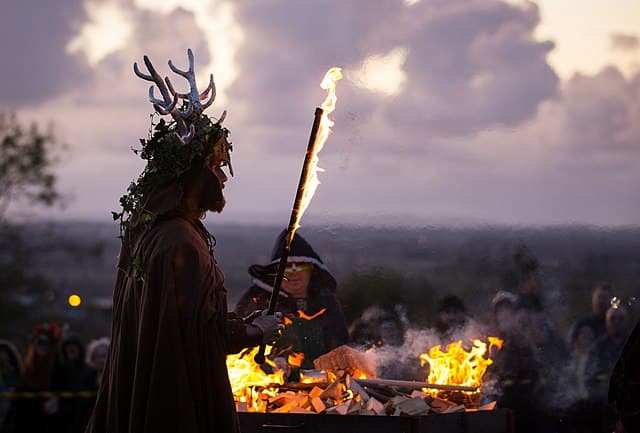
The Celts Halloween costumes they wore would mainly consist of animal heads or skins and would tell each other’s fortune, during a ceremony. After these celebrations they would relight the hearth fires (from the bonfire) to help protect them during colder months.
The Celtics celebrated Samhain on the night of 31st October and believed that ghosts that returned to earth, caused trouble and damaged crops. The christian origin of Halloween was known as All Saints Day which was dedicated to 1st of November – observed by Pope Gregory III (during the 18th century) to honour all Saints and Martyrs due to influence of Christianity spreading into Celtic lands, by the 9th century. In 1000 AD the church named November 2nd All Souls Day – to honour and pray for the dead which was celebrated – much like Samhain with bonfires, parades and costumes – warding off ghosts. All saints was then known as All Hallow or All Hallowmas and with Samhain recognized as All Hallow’s Eve, together it eventually became Halloween.
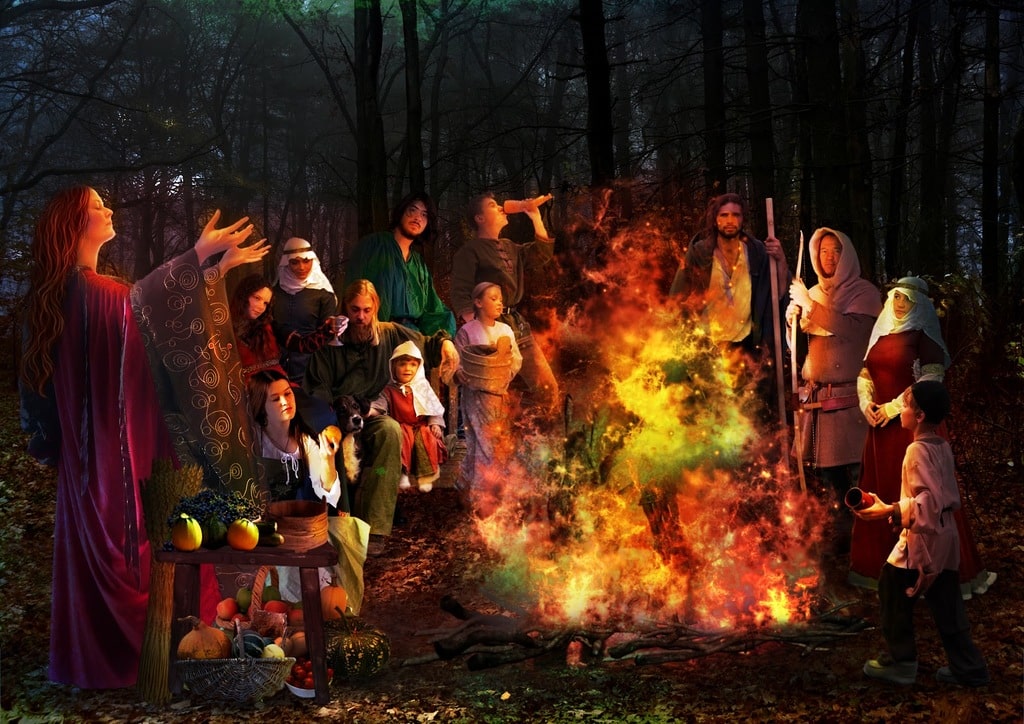
Irish Influence on Halloween
The Irish influence on Halloween was significant, however some parts in America were extremely limited to celebrating Halloween – due to their Protestant belief systems, but celebrations were common in the southern colonies.
It was not widely celebrated in all parts of America, however when European ethnic groups merged with American Indians sharing beliefs and customs – this soon became familiar to join public events and parties – celebrating the harvest with games, ghost stories, fortune telling and singing. In the 19th Century there was an influx of migrants from Ireland fleeing a potato famine, which helped to promote Halloween as a celebration throughout the country.
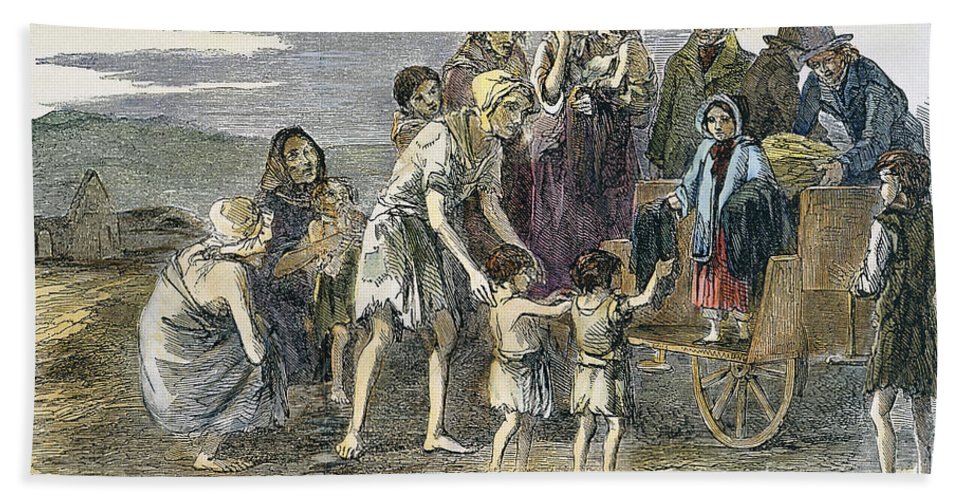
The Edwardian era wildly celebrated Halloween as a holiday in the 20th century. Trick or treating was widely popular amongst children and adults where food or money offered in lieu of tricks. During these times Halloween evolved into activities such as trick-or-treating, Jack O lantern carving, eating treats, apple grabbing, festive gatherings and donning various costumes (influenced by European cultures), and where celebrations involving the whole community would feature entertainment and parades. Ladies Halloween costume ideas can be purchased through this site. Olde worlde or costume style boots can be found here at Amazon – look at the varieties.
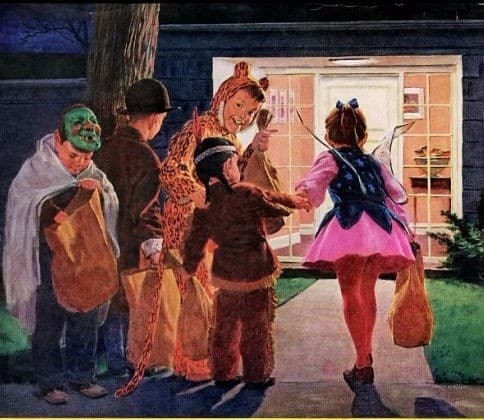
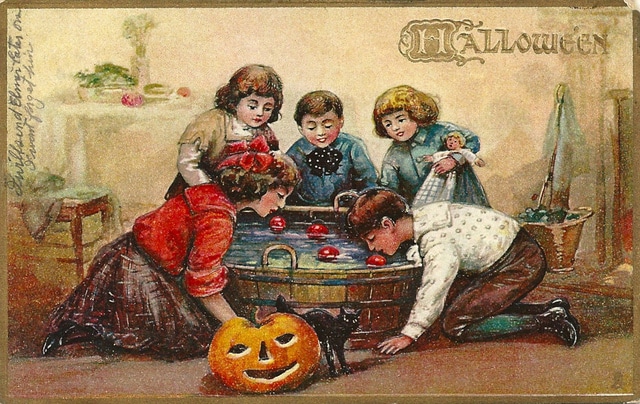
The Dark Elements of Halloween
Halloween lost most of it’s superstitious and religious meanings by the 20th century, however some festivities during the 20th century brought about some dangerous and frightening events during Halloween. Any grotesque or frightening costumes were discouraged for children by community leaders, as juveniles dressed in costume became ramped, playing pranks or tricks on people as well as committing crimes such as looting.
During the Great Depression it became more destructive so authorities considered banning it. Due to vandalism in some communities, Halloween celebrations moved from civic halls to the classroom or the home. The fascination with mysterious, spooky, and supernatural aspects of Halloween add an element of excitement to many, but the dark side of Halloween which includes ghosts, witches, vampires and monsters, today still believed by Christians, are the sinister aspects that surrounds the holiday.
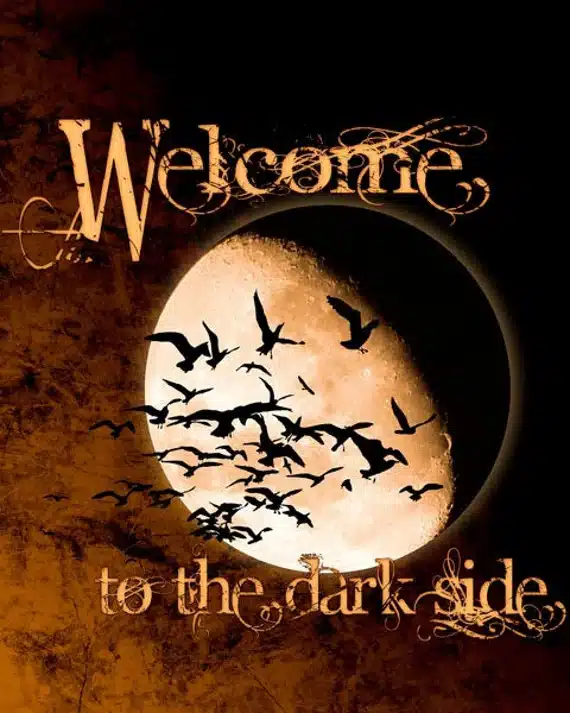
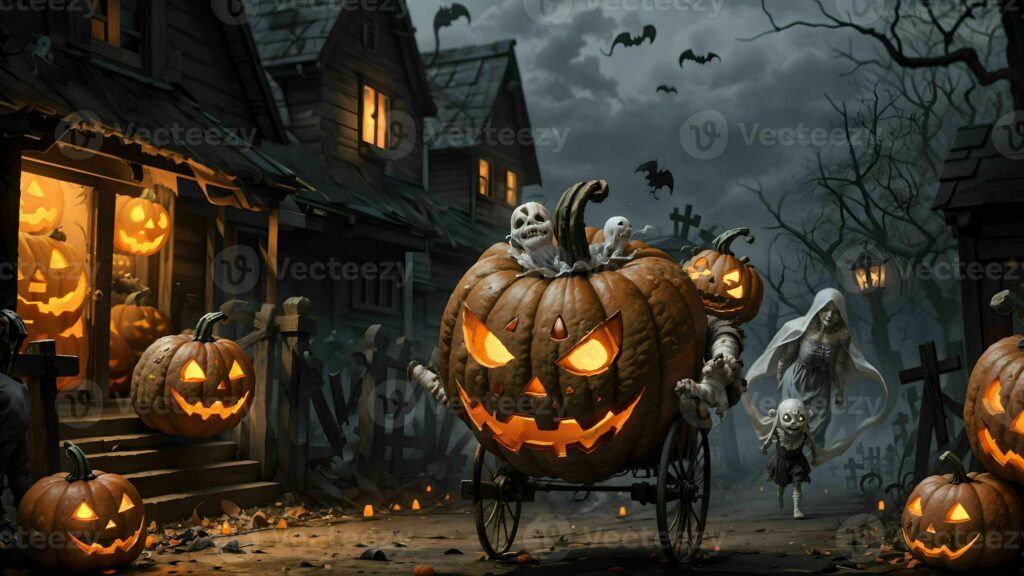
By the 1950’s trick-or-treating came back and was considered an inexpensive way for communities to celebrate, while some prevented tricks being played on them by providing treats to their neighbors, it was a fun venture for children to go door-to-door collecting candy, which became a quintessential Halloween activity. These activities provided an opportunity for people to come together, socialize, and celebrate in a festive atmosphere with costume dress ups for all ages, with some expressing their creativity by transforming themselves and adopting different personas for the occasion. They would further immerse in this tradition, by decorating their homes and neighborhoods to create a visually engaging experience with spooky decorations and carved pumpkins contributing to the festive atmosphere. You can find a selection of childrens costumes through this store online. For something unique and different – try this site for children’s halloween.
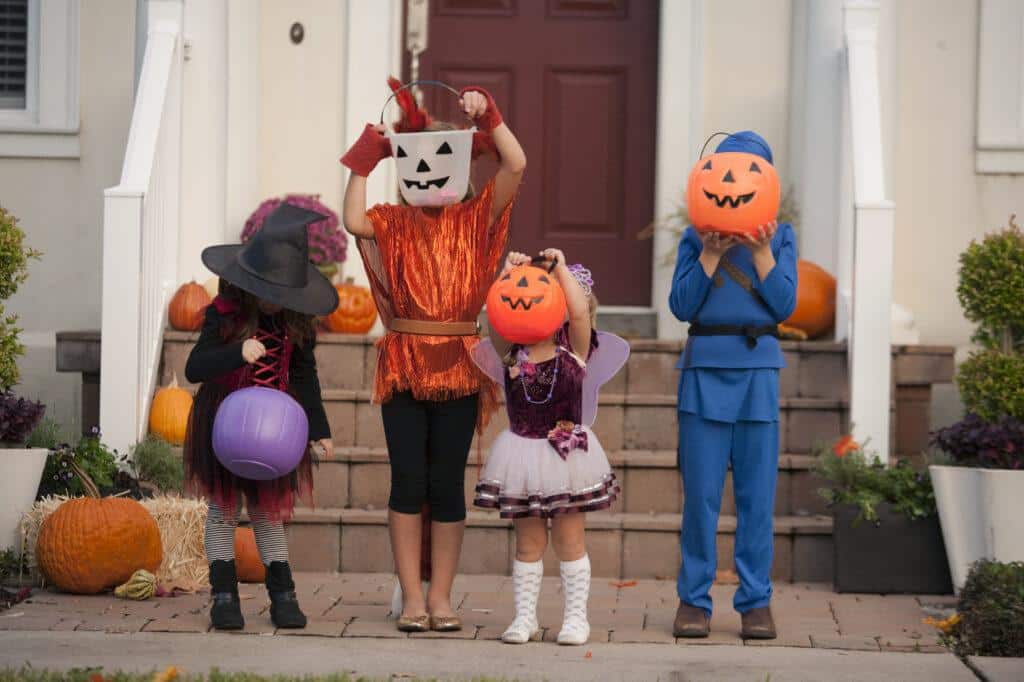
Pop Culture Influence
Halloween is often influenced by popular culture, as people draw inspiration from movies, TV shows, and trends. Costumes based on iconic characters or current events contribute to the dynamic and ever-changing nature of Halloween celebrations.
The Halloween holiday appeals to people of all ages, especially children who love trick-or-treating and dressing up, whilst teenagers and adults often participate in costume parties and events, which contributes to it’s widespread popularity. Some popular adult Halloween costumes can be bought here. Women’s most popular Halloween costumes are found at this store online. Check out these wacky couples costumes today. This all provides a platform for individuals to express their creativity through costume design, makeup, and decorations. The opportunity to showcase imagination and artistic talents is a significant draw for many. Let’s look at what’s available in the way of costumes through their influence here.
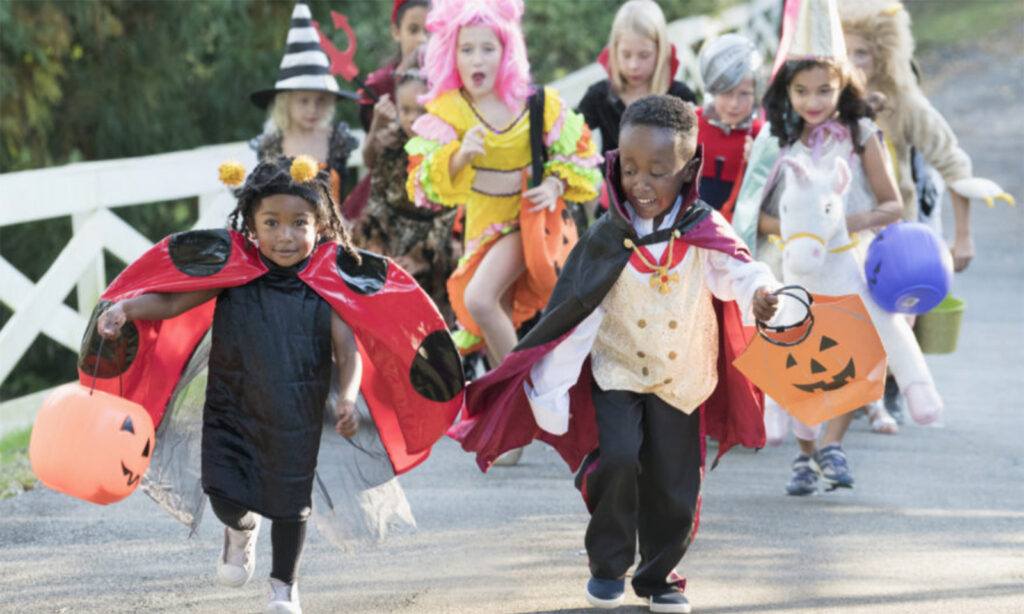
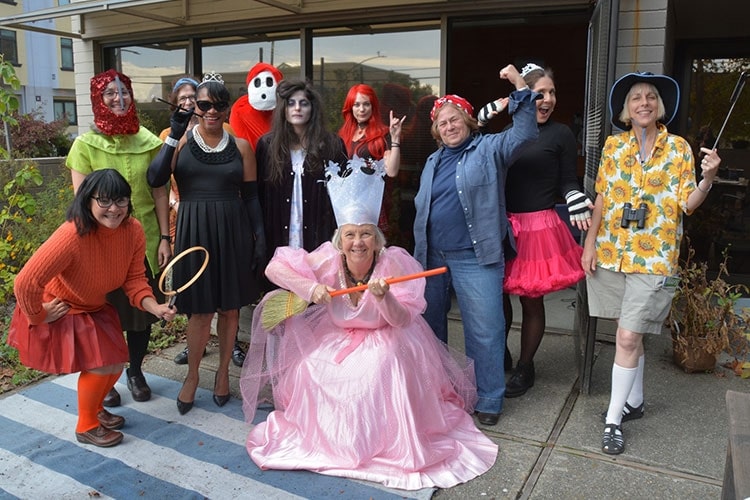
In summary, Halloween’s popularity can be attributed to it’s rich history, the joy of dressing up, the communal and social aspects, the allure of sweets and treats, themed decorations, the fascination with the supernatural, pop culture influence, and it’s appeal to people of all ages. The holiday’s versatility and the sense of fun it brings make it a cherished tradition for many around the world.
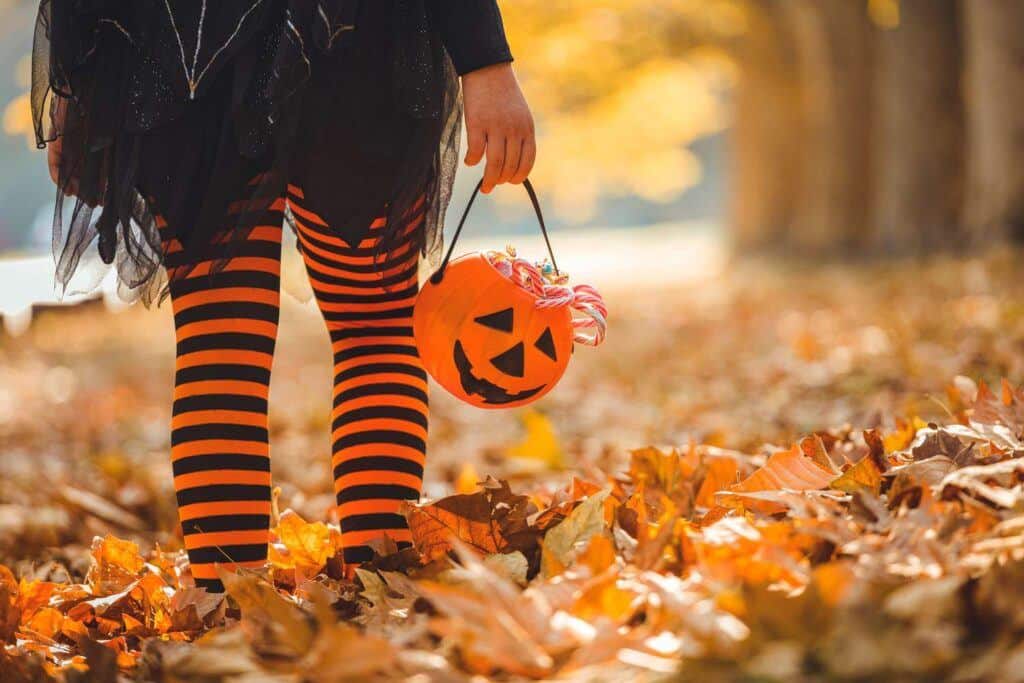
I hope you all enjoyed this post on all things Halloween, feel free to add a comment below.
Many thanks,
Helen
Connect via our socials or get in touch below:
